I am designing a PIR sensor alarm. It must be able to run on batteries for about a year. I am using 3.7 V Li-ion batteries to power an ATtiny24 directly. Although my PIR senor needs 5 V as recommended, it has HT7133 LDO to drop input to 3.3V so it can work as low as 3.4V. It draws 70 μA normally. I searched for low quiescent boost ICs which was a boring process and I found two.
PIR sensor: HC-sr501
TPS613222A Iq = 6.5 μA
MAX1724E_50 Iq = 1.5 μA
The 5 V version of the MAX1724 is currently not available to me; I may try to talk to the dealer. The TPS613222A also seems enough. My schematic is as below (focus on U3 on top left).
I tried to follow the design steps in the datasheet but I think I didn't understand it well enough.
I am looking for suggestions about the selection of inductor and capacitor.
Also, the way I searched for the components was to open a local dealer's website, looking at boost ICs, looking for their Vin, Vout, efficiency curve, and quiescent current specs. Should I consider other specs too?
There are many high-quiescent current ICs which don't have appealing output voltage or current limits or anything. I don't know why they even exist in the market; there must be something superior in them, it would be great if you could tell me.
After seeing some answers, I am thinking of removing the protection diode and power the PIR with the Li-ion battery directly. I am planning to use a very low-power comparator such as NCX2200 to switch the boost converter below 3.4 V because the PIR doesn't support lower than 3.4V, how about that?


